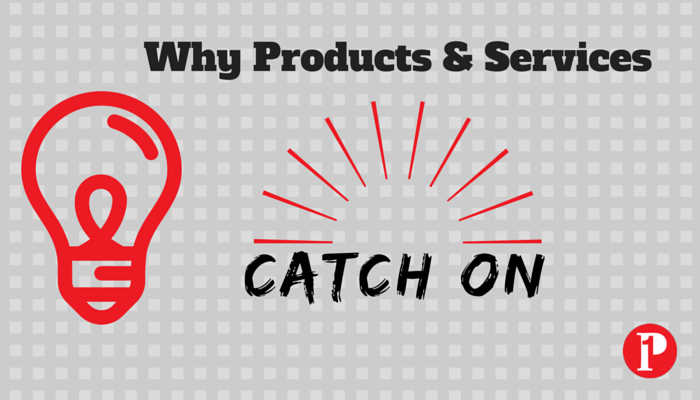
Why do Products, Ideas and Behaviors Catch On?
Why do some products, ideas and behaviors succeed when others fail?
How has the Korean pop star Psy’s wack video, “Gangnam Style,” managed to rack up more than 2.5+ billion views on YouTube?
Humans are social animals, and sharing connects us with others.
First we sat around the fire, then we stood around the water cooler and now we forward things around on social media. The location has changed, but the underlying motivations remain the same. Sharing is social grooming. It not only transmits information; it deepens our emotional connections.
It is only recently, with the rise of the internet, that the term ‘viral’ has gone, well, viral. But the phenomenon of social pandemics—ideas, products and behaviors, that catch on and spread quickly and widely—has been around presumably as long as sociality itself.
The phenomenon is interesting in its own right, for it says something meaningful about our psychology and how we interact.
GENERATING WORD OF MOUTH
Is word of mouth still relevant in a Social Media World?
The best thing about word of mouth is that it is available to everyone. Word of mouth helps things catch on.
From startups to stars, people have embraced social media as the wave of the future. Facebook, YouTube, Instagram, LinkedIn, Pinterest, Twitter and SnapChat. These social media channels are seen as ways to cultivate a following and engage consumers. Aspiring actors and musicians post videos and small businesses post deals.
Companies and organizations have fallen over themselves in their rush to jump on the buzz marketing bandwagon.
Conventional wisdom is to get people talking about their product and services while at the same time share with others. So much so, in the hope that something goes Viral.
All these social media platforms are technologies, and that will change. It’s not a Strategy.
It’s still about defining your target market and finding the right people. Hopefully brand evangelists and influencers who will share what your product and service is about.
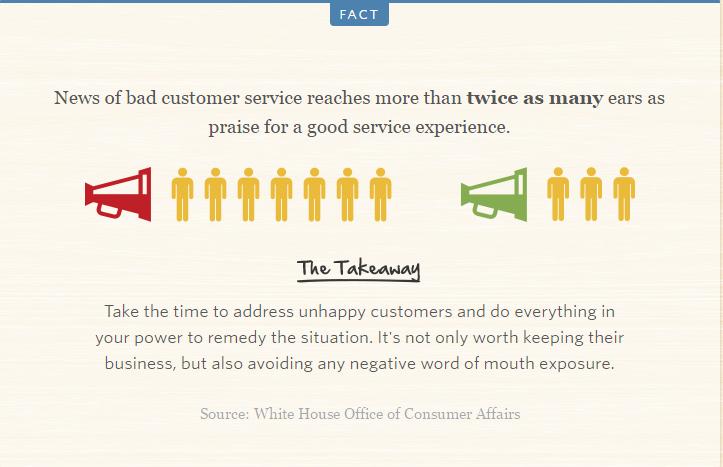
AWE & EXCITEMENT
Awe (like amusement and anger) creates a state of “physiological arousal” that goads people to take action — which apparently means, in our Internet age, forwarding a link to an article or a video.
Awe is a powerful emotion. It broadens our horizons, boosts life satisfaction and encourages people to help those around them. That’s why it’s so important that the media include these types of stories in what they report. Sharing amazing scientific discoveries, triumphs against adversity or heartening stories about the world not only makes people feel good; it encourages them to overcome perceived barriers in their own lives.
Susan Boyle’s unexpected singing performance, for example, evoked awe and 100 million views within nine days — and gave me shivers again today when I viewed it.
Years later, she inked a movie deal. Les Miserables’ movie producer, Cameron Mackintosh said her success reinforced his interest in making that movie.
Who knows what far-reaching effects your contagious message might have?
EMOTION
When we care…WE SHARE
It’s really not all that complicated. While nothing can guarantee virality, you can take a few steps to improve the sharability of your content. Here are two places to start:
- Focus – Broad content is bland and not very shareable. Narrow, niche content will get your audience interested because it fits.
- Get emotional – Content that activates a strong emotion, whether it’s joy or anger or anxiety, will make people care enough to share.
Do positive emotions increase sharing? While negative emotions decrease it?
Facebook Experiments On Users
ANGER & ANXIETY
This plays well into Facebook’s new Reactions Emoji’s.
Anger and anxiety lead people to share because like awe, they are high – arousal emotions. They kindle the fire, activate people and drive them to take action.
- Low arousal emotions, however, like sadness, decrease sharing.
- Contentment has the same effect.
United Breaks Guitars
I’ve used this as an example in some of my workshops and speeches over the years. United Airlines learned the hard way that emotional arousal can drive people to share. Dave Carroll is a fairly good musician. His band, Sons of Maxwell isn’t the blockbuster band, but they make a decent living.
While traveling to perform in Nebraska, Dave with his band had to take a connecting flight through Chicago O’Hare with United Airlines. That’s when things got interesting…
As they were about to deplane a woman cried out, “My Goodness, they’re throwing guitars out there!”
David looked through the window in horror just in time to see his treasured guitar flying through the air.
When they land in Omaha early in the morning, the airport was deserted. No employees in sight.
Dave made his way to the baggage claim and carefully opened his guitar case. His worst fears were confirmed. His $3,500 guitar had been smashed.
Dave spent the next nine months negotiating with United for some form of compensation. He just wanted his guitar fixed, United Airlines denied his claim.
Furious with the way he had been treated he turned his emotions into a song about it.
Within 24 hrs. of uploading the video to YouTube, he’d received almost 500 comments, most of them from other angry United customers who had similar experiences. In less than four days the video had more than 1.3 Million views. Within 10 days, more than 3 million views and 14,000 comments.
In December 2009, Time Magazine listed “United Breaks Guitars” as one of the Top 10 Viral Videos of 2009!
Within four days United Airlines stock dropped 10% and lost $180 million in market cap.
The power of Angry Emotion coupled with Social Media can spread like wildfire. Sometimes for the good and sometimes for the bad.
SIX PRINCIPLES
According to author Jonah Berger of the book Contagious. Sticky ideas and products tend to be simple, unexpected and credible, with concrete details, an emotional undertow and a memorable story line.
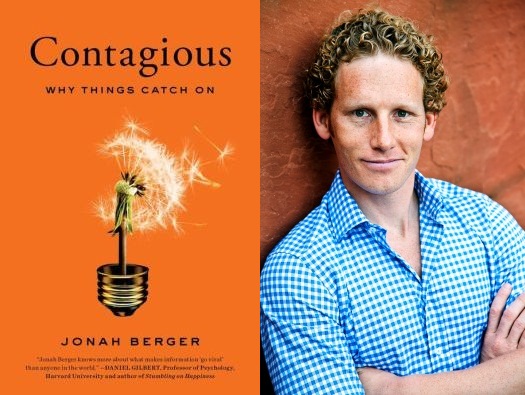
It’s not about luck
Mr. Berger, for his part, asserts that six principles help make things go viral:
- Social currency (making people feel that they are cool insiders)
- Triggers (everyday reminders of an item or idea)
- Emotional resonance (making people want to share the experience with friends)
- Observability (that is, a highly visible item advertises itself)
- Usefulness (people like to share practical or helpful information)
- And storytelling (embedding a product or an idea in a narrative enhances its power)
These steps are based on psychology. It’s about being able to understand the motivation or the drivers that cause us to pass things on.
Some people wonder if you need all 6 principles for it to work. Jonah says the best way to think about it is as a recipe. The more ingredients you have, the better the end result will be.
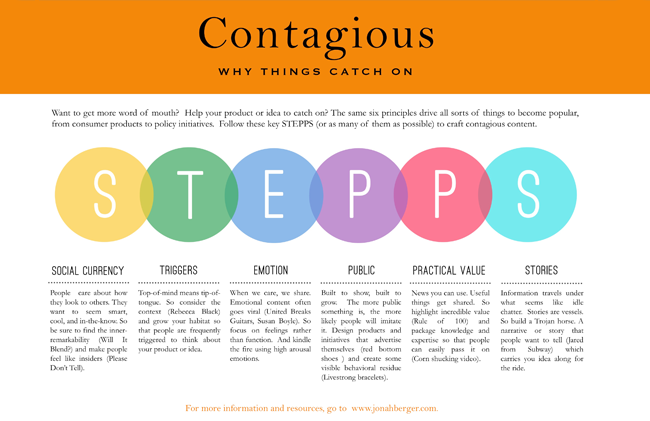
If You Want Your Message to Spread, You Need to Get People Talking, and Imitating
What do politicians, advertisers, charity organizations and public health officials all have in common?
They all want their message to catch on and spread. But how to achieve this?
Advertising is the immediate answer, of course. You can’t get your message to spread unless you put it out there. But more and more it’s becoming clear that advertising alone just isn’t enough. Even high priced and aggressive ad campaigns can fail.
That’s because just getting a message out there doesn’t mean it’s going to catch on. For that to happen, you need to get people talking, sharing and imitating. Social influence via word of mouth and apeing.
As Berger explains, “social influence has a huge impact on whether products, ideas, and behaviors catch on.
- A word-of-mouth conversation by a new customer leads to an almost $200 increase in restaurant sales.
- A five-star review on Amazon.com leads to approximately twenty more books sold than a one-star review.
- Doctors are more likely to prescribe a new drug if other doctors they know have prescribed it.
People are more likely to quit smoking if their friends quit and get fatter if their friends become obese. In fact while traditional advertising is still useful, word of mouth is still powerful and when combined with social media strategies becomes a powerful trio that enhance your chances of “Why Things Catch On.”
KEY TAKEAWAYS
Follow the STEPPES Recipe. The more ingredients you use the better the recipe for success and catching on.
-
Use Triggers to get people to take action.
Excite people or inspire them by showing them how they can make a difference. On the negative side, make people MAD, not SAD.
-
FOCUS ON FEELINGS
-
EMOTIONS DRIVE PEOPLE TO ACTION
What drives you?
About Blair

Blair Evan Ball is a Social Media Coach and founder of Prepare1, a company that works with businesses, individuals and non-profits. He is a former executive with a Fortune 50 company, and his national division did $1Billion+ in sales annually.
Blair has written three e-books: Facebook for Business Made Easy, Facebook Pages for Business Made Easy, and WordPress Blog Setup Made Easy.
Blair also educates, trains entrepreneurs and business professionals how to amplify their brand, increase revenues, and raise more funds.
![[Study] How Will Businesses Change Their Social Media Activities 5 Golden Rules for Sharing on Social Media](https://www.prepare1.com/wp-content/uploads/2014/03/COACH-logohat-162x300.jpg) The Race is ON! | PREPARE | Get into the Game and WIN!
The Race is ON! | PREPARE | Get into the Game and WIN!
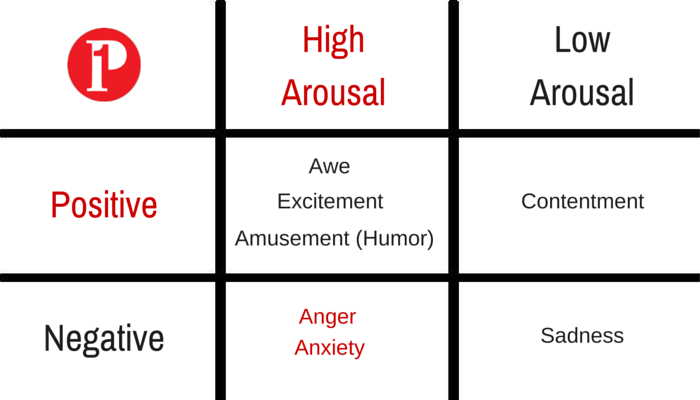

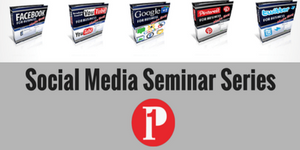
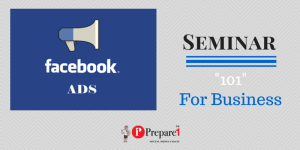
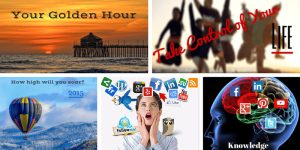

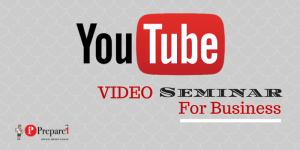
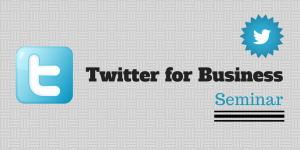
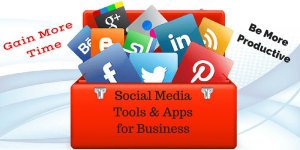
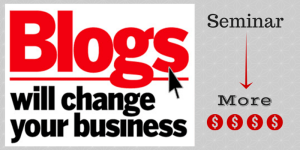
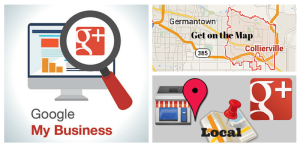

Comments on this entry are closed.